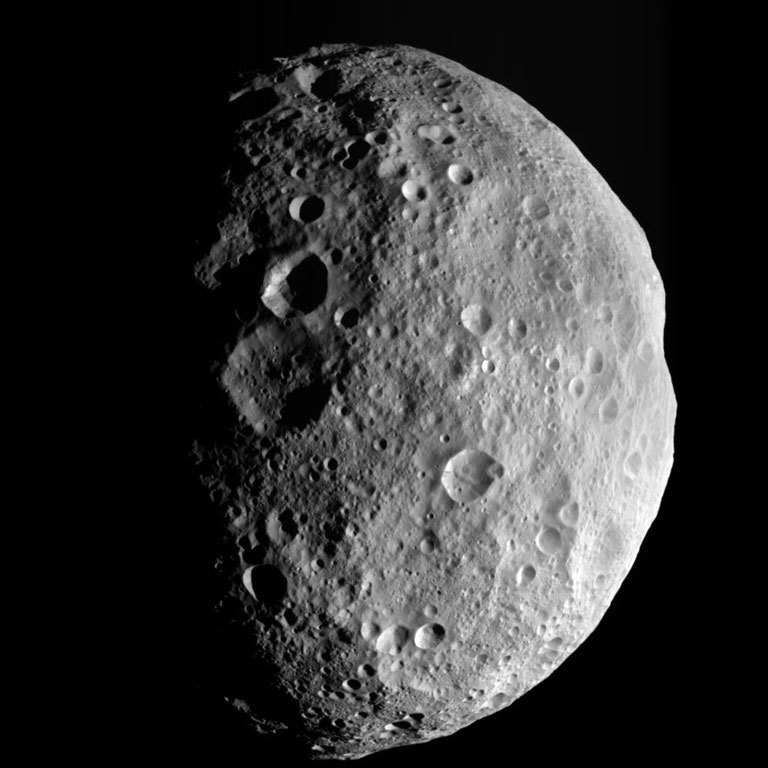By Erich Karkoschka

Mercury is visible in the evening sky at dusk and is less than 4 degrees below Saturn from the 9th to the 16th. Around January 16th it switches to the morning sky (about two weeks after Venus) and visible around the 31st.

Venus is visible at early dusk until the 5th. It is larger than one arc-minute in diameter, the largest it can get, and less than two percent illuminated. A spectacular crescent in the telescope. Starting on the 11th, it is the morning “star” with altitudes quickly climbing. By the end of the month it is already well up at the start of dawn.

The Moon comes into the evening sky on the 3rd, when it is about as difficult to see as Mercury and just a little below Mercury. The next evening, the Moon joins Saturn and the following evening, it joins Jupiter.

Iris has a good opposition in Gemini and is brighter than magnitude 8.

Mars is low at dawn. It is close to Antares on the 1st but 20 degrees further east by the end of the month.

Jupiter is still higher than Saturn and keeps going once the other three planets have left the evening sky. By the 31st, it sets within an hour of the end of dusk.

Saturn also switches from evening to morning visibility, but much more slowly. It leave the evening sky on the 19th and will not be visible in the morning until March.

Uranus and Neptune are still higher than Jupiter in the evening sky. Uranus transits just after the end of twilight at 72 degrees altitude.


